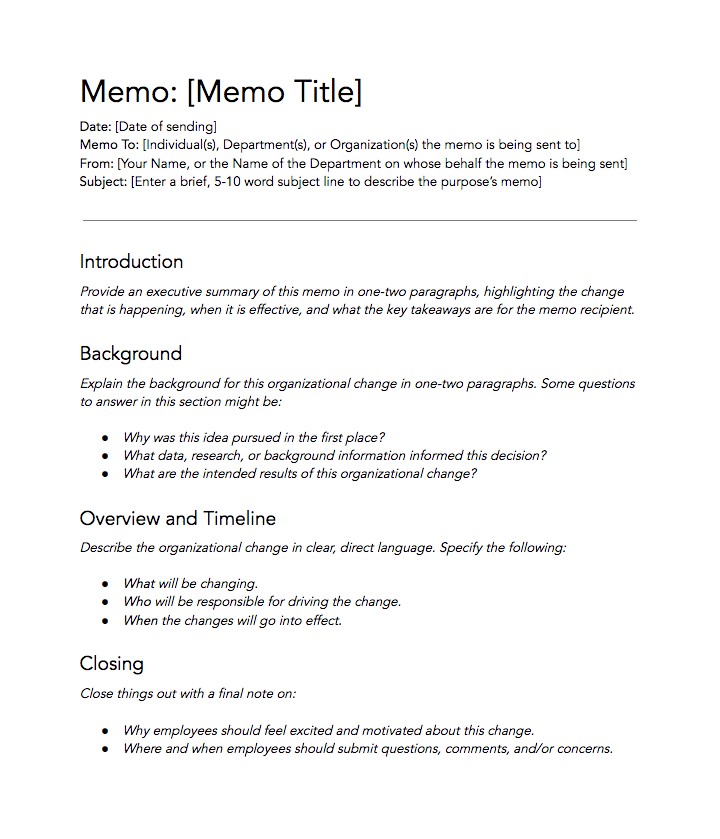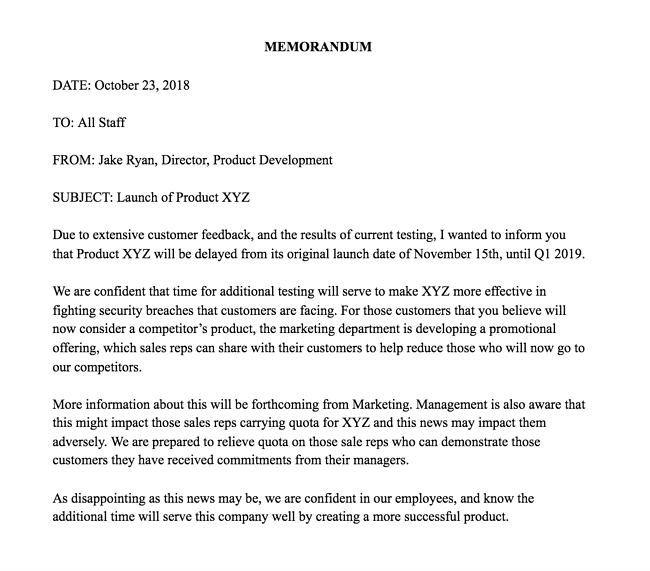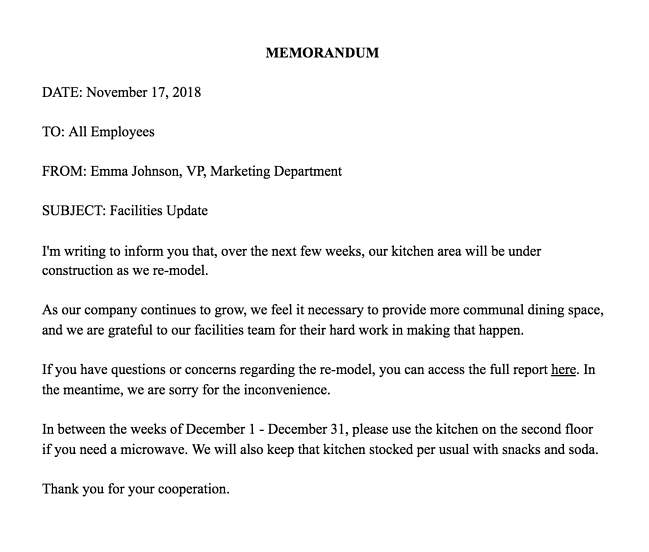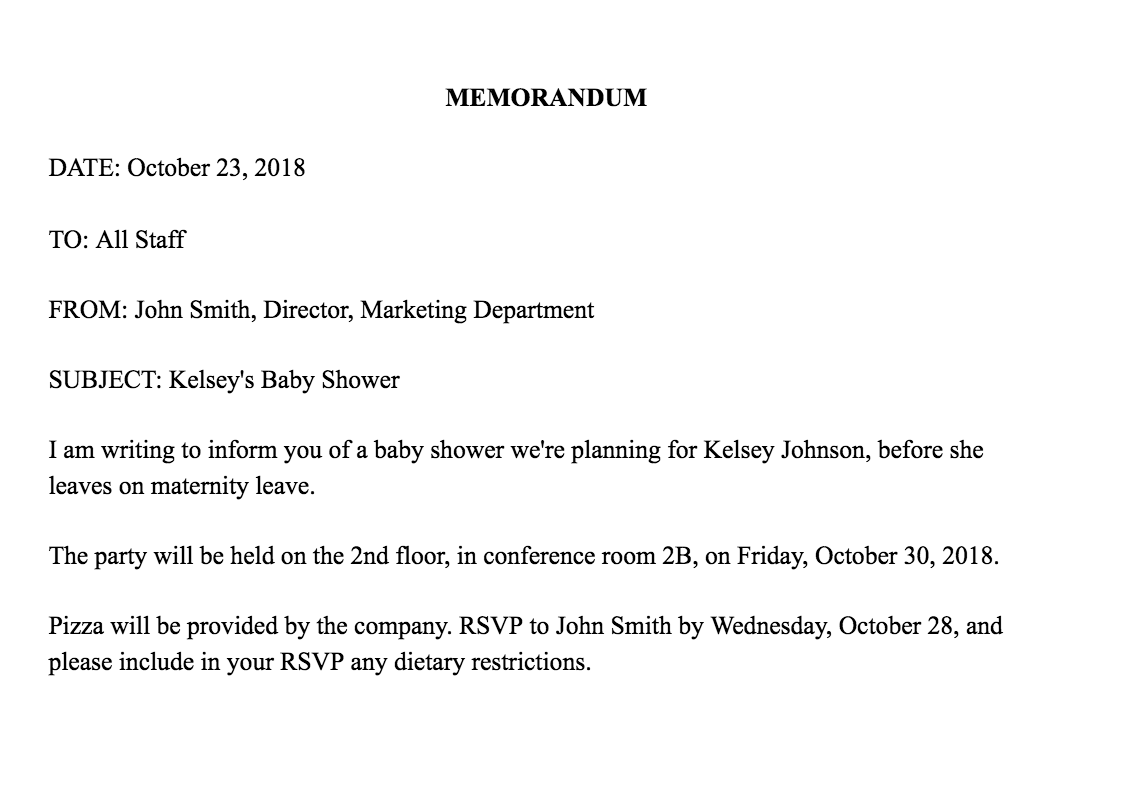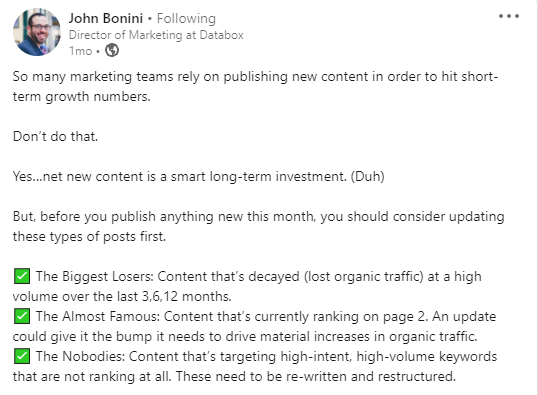The past two years have been anything but consistent.
The pandemic left the United States in the worst recession in history. People struggled to adjust to remote work, and what we defined as “normal” varied day-by-day.
And yet: Out of that turmoil and inconsistency, we now see a record number of people quitting their jobs in pursuit of better opportunities.
According to the U.S. Bureau of Labor, 4 million people quit their jobs in April 2021, and July saw another 4 million leave.
Which leads me to question: Amidst the past two years of unpredictability — and a resulting lack of security — why are so many people taking the leap now?
Here, we’ll explore what employee turnover is, how much it could be costing your business, and how to calculate employee turnover. Plus, how employers can minimize the effects of what’s being called the Great Resignation, according to experts.

What is employee turnover?
Employee turnover refers to the percentage of employees who leave your company during a given period of time.
Your company’s employee turnover rate includes anyone who leaves for any reason. This includes resignations, terminations, or retirements. However, turnover rate typically doesn’t include internal movement, such as an employee switching teams or being promoted.
Turnover can cost a business thousands — if not millions — of dollars, and can negatively impact team morale and performance.
All of which is to say: The lower your turnover rates, the better. Low turnover rates signal a healthy, engaging company culture— which is critical for any business’ long-term success.
To determine how your company’s turnover rates compare, let’s explore average turnover rates by industry next.
Employee Turnover Rates in 2020 (By Industry)
Employee turnover rates vary by industry, so you’ll want to do your own research to determine how your company’s turnover rates stack up against competitors.
However, to give you a sense for an appropriate range, let’s take a look at a few turnover rates by industry as reported by the U.S. Bureau of Labor(it’s important to note, these turnover rates are from 2020, which had unusually high turnover rates):
- Professional and business services: 69.2%
- Health care and social assistance: 45.2%
- Trade, transportation, and utilities: 60.5%
- Retail trade: 69.7%
- Leisure and hospitality: 129.3%
- Government: 24.2%
- Real estate and rental and leasing: 49.4%
Next, let’s look at average employee turnover rates.
Average Employee Turnover Rates
In 2021, the overall turnover rate across industries was 57.3% — but that drops to just 25% when considering voluntary turnover alone.
Voluntary turnover trends continue to rise. In fact, the Work Institute’s 2020 Retention Report states that there’s been an 8% increase in turnover rates since 2018, and an 88% increase since 2010.
Average turnover rates varies significantly depending on your industry. However, a 90% employee retention rate is generally considered good — which means the closer you can get to a 10% turnover rate, the better.
Cost of Employee Turnover
The cost of employee turnover is broken down into the costs of four factors — the cost to terminate, the cost to hire a replacement, the vacancy cost (i.e. how many days the job is open multiplied by the average value of the job per day), and the productivity cost (i.e. how long it takes the new hire to get up to speed).
Josh Bersin of Deloitte says the cost of losing an employee can range from tens of thousands of dollars to 1.5-2X the employee’s annual salary. This means, if you lose an employee who was making $70,000, you can expect to lose upwards of $140,000.
Alternatively, the Work Institute cites the cost of employee turnover at roughly 30%of the employee’s salary — meaning, if you lose an employee who was making $70,000, you’ll expect to lose closer to $21,000.
Employee Benefit News suggests a similar turnover cost at roughly 33% of a worker’s annual salary.
So, whichever way you slice it … you stand to lose a lot of money with each individual employee who leaves. Of course, turnover costs are so difficult to quantify because they’re so specific to each employee’s role and salary.
When determining your own turnover costs, you’ll also want to keep in mind the negative impact high turnover rates can have on company culture and employee productivity — which could lead to even more lost revenue down the line.
How to Calculate Employee Turnover [Plus High and Low Rates]
To calculate your turnover rates, you need to divide the number of employees who leave your company by the total average number of employees, and then multiply by 100.
And, to find your average number of employees, you’ll want to take the number of active employees at the beginning and end of each period, and then divide by two.
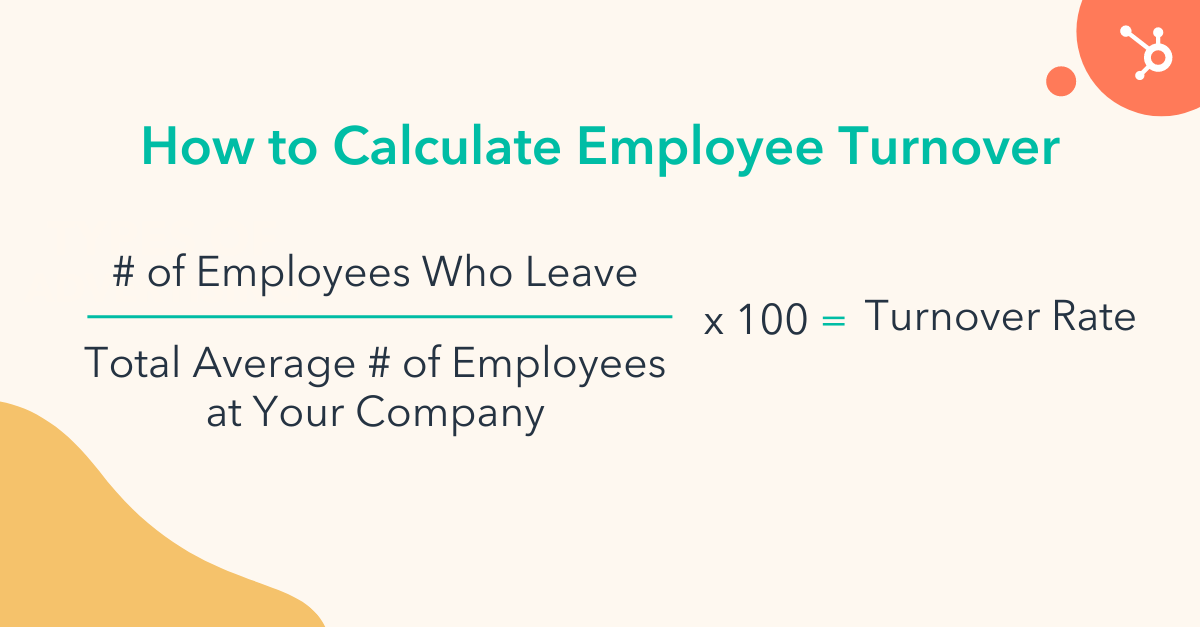 To understand this concept, let’s consider an example. If you have 1,200 employees at the beginning of the month, and 1,250 at the end of the month, your average number of employees on a monthly basis is 1,225 (1,200 + 1,250 / 2).
To understand this concept, let’s consider an example. If you have 1,200 employees at the beginning of the month, and 1,250 at the end of the month, your average number of employees on a monthly basis is 1,225 (1,200 + 1,250 / 2).
Now, let’s calculate your monthly turnover rate. In the month of September, if 7 people left your company, your turnover rate formula looks like this:
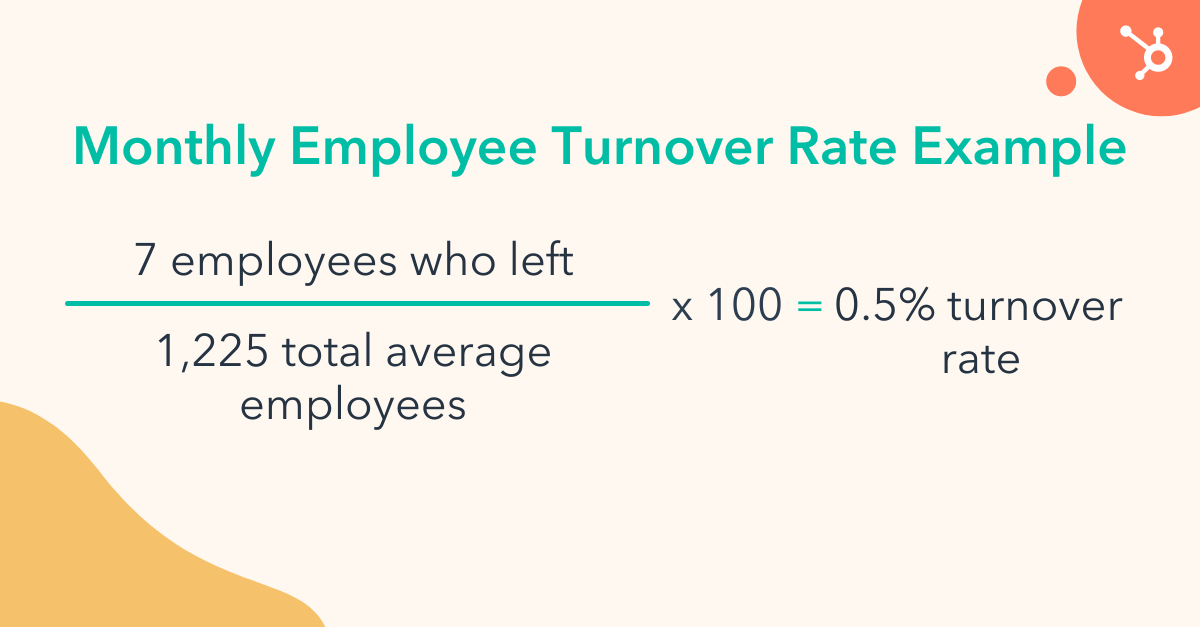 To calculate annual turnover (which is typically the number companies use when assessing employee trends), you’ll want to find your average number of annual employees. If at the beginning of 2021 you had 1,200 employees, and at the end of 2021 you had 1,500 employees, your average number of employees is 1,350 (1,200 + 1,500 / 2).
To calculate annual turnover (which is typically the number companies use when assessing employee trends), you’ll want to find your average number of annual employees. If at the beginning of 2021 you had 1,200 employees, and at the end of 2021 you had 1,500 employees, your average number of employees is 1,350 (1,200 + 1,500 / 2).
Now, let’s calculate your annual employee turnover. If you had 200 employees leave in 2021, your annual turnover rate formula looks like this:
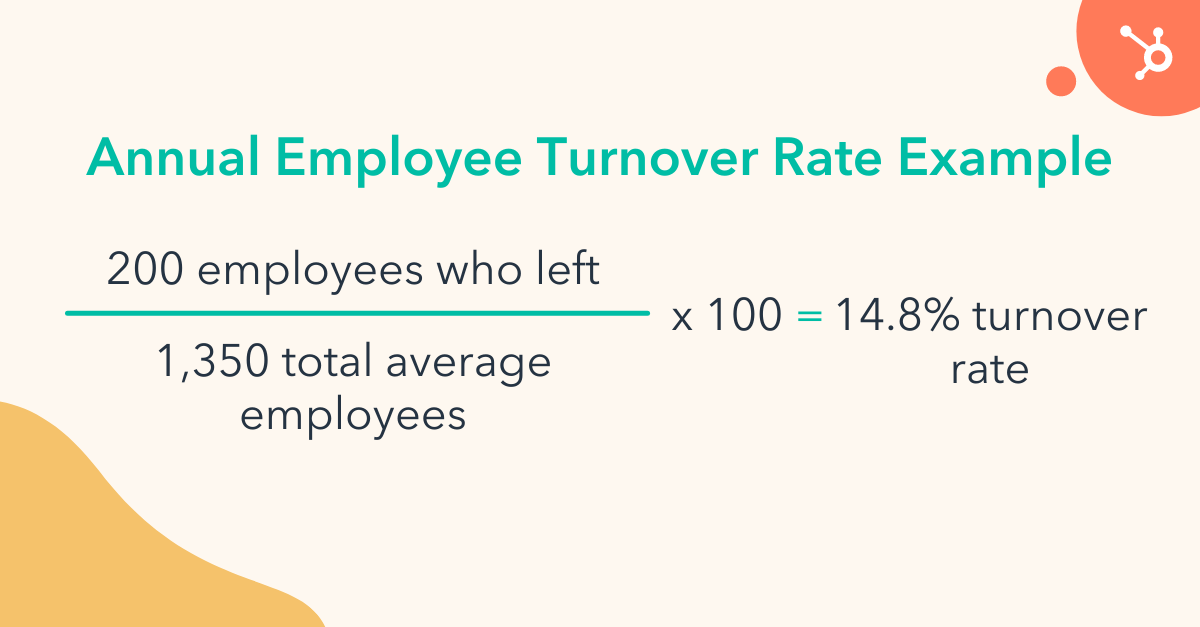 To put these numbers into context, you’ll want to determine what a high and low turnover rate for your industry looks like, since turnover rates vary greatly depending on industry. For instance, retail and e-commerce saw a 30.7% turnover rate in 2021, while the technology industry’s turnover was roughly 20%, and financial services was closer to 15%.
To put these numbers into context, you’ll want to determine what a high and low turnover rate for your industry looks like, since turnover rates vary greatly depending on industry. For instance, retail and e-commerce saw a 30.7% turnover rate in 2021, while the technology industry’s turnover was roughly 20%, and financial services was closer to 15%.
Why is turnover so high?
To reduce employee turnover, we first need to understand what’s causing it.
For starters, we’re seeing employee turnover increasing on a national scale. The Labor Department reports that job openings outnumbered the unemployed by more than 2 million in July as companies struggled to fill positions.
Additionally, Microsoft’s 2021 Work Trend Index predicts 40% of the global workforce will consider leaving their employer this year.
This extreme workplace shift — being called the “Great Resignation” — is due to a variety of factors.
To better understand the high turnover rates of the past year, I spoke with Lily Zheng, a Diversity, Equity & Inclusion Strategist and Consultant.
Zheng told me, “We call it a great resignation but it’s more of a great correction. These are employees who had already resolved to leave in 2020 but felt they couldn’t.”
Our HubSpot Blog analyst further investigated this issue by polling 500 marketing professionals to learn why turnover was high at their companies. (Those polled belong to both B2B and B2C companies.)
As shown below, 41% of respondents cite lack of work-life balance as the primary reason for high turnover. Another 37% additionally cite a lack of flexible work schedules.
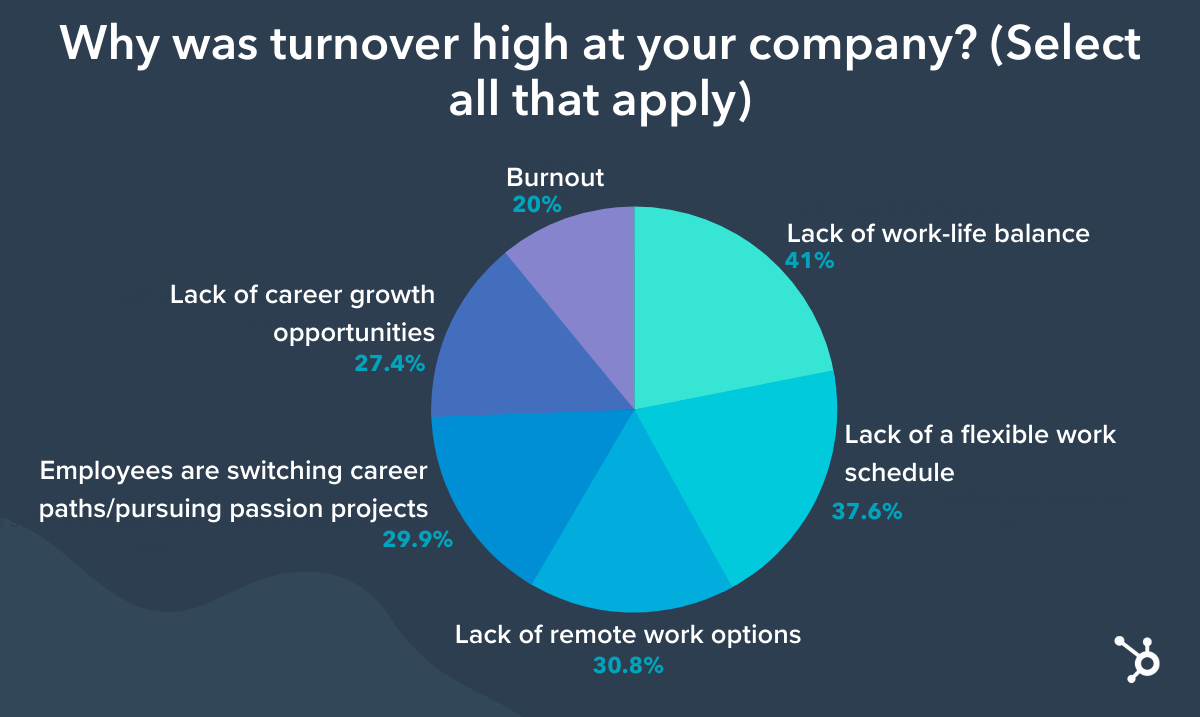
HubSpot Blog Research
In 2020 and 2021, flexibility, autonomy, and the ability to work from anywhere became a necessity as the world shifted to a pandemic and post-pandemic workforce. And even as offices begin to re-open, we see employees continue to prioritize work-life balance and flexibility.
A few other factors? Lack of remote work options, lack of career growth opportunities, burnout, and employees switching careers to pursue other passions.
For better or worse, the pandemic permanently shifted people’s mindsets when it comes to what they value. And one of the biggest value shifts is a newfound prioritization of time.
Simply put, people will work hard for your company if you enable them to choose when, where, and how they work best.
Next, let’s explore a few tips for reducing employee turnover at your organization.
How to Reduce Employee Turnover
1. Give employees a remote or hybrid option (if conducive to your business and work culture).
Now that people have settled into a remote lifestyle, many of them don’t want to return to the office. In fact, when HubSpot surveyed roughly 500 marketers, 40% of respondents said they’d like to continue working remotely full-time even when given the option to return to the office.
A remote lifestyle enables employees to dedicate more time to priorities outside of work. For instance, I have one colleague who now spends her mornings journaling and meditating — which greatly outweighs her old mornings of being stuck in traffic on her commute to work.
I have another colleague who spends lunch break with his kids.
People have recognized the amount of valuable time they win back when they’re fully remote. So if your company doesn’t offer remote or hybrid options, some of your employees will inevitably leave.
2. Prioritize your employees’ well-being.
Promoting wellness at work has been proven to result in better productivity and less employee turnover — which is why it’s a critical strategy to consider when aiming to reduce turnover.
As Lily Zheng writes in her LinkedIn post with over 19,000 reactions, “Your employees aren’t leaving just because they’ve found better opportunities elsewhere. They’re leaving because this is the first chance they’ve gotten to re-balance the scales of their own wellbeing and success, scales that you and your company swung out of whack during the pandemic.”
Seeing as the post received over 19,000 reactions, I’m willing to bet many employees — and employers — agree that, in some instances, well-being wasn’t prioritized by companies in 2020.
To invest in your employees’ well-being, consider creating a wellness program, which includes strategies aimed at increasing physical activity, reducing employee stress, and offering information on nutrition and health.
Additionally, a few big factors that contribute to a positive workplace experience include flexible work hours, an emphasis on autonomy, an investment in diversity and inclusion, and a focus on employees’ mental health and psychological safety above all else.
3. Foster a sense of belonging.
If you want to reduce turnover, take belongingness seriously.
A sense of belonging is undeniably critical for long-term employee satisfaction. In fact, there’s a 91% correlation between employees who say they belong and those who stay engaged at work, and a 50% drop in attrition among employees who report a sense of belonging.
As Belonging Strategist and Managing Director of BelongingIQ Abam Mambo puts it, “Employees who feel a sense of belonging tend to stay engaged, productive, and are far less likely to leave than those who feel excluded. So if you want your good employees to stay, invest in belongingness.”
How can you invest in belongingness? While this list isn’t exhaustive, Mambo lists a few strategies you can implement to begin facilitating a sense of belonging on your team:
- Appoint and pipeline inclusive leaders
- Recruit and empower a diverse workforce
- Implement fair and equitable employment practices
- Reward performance
- Reframe your ‘speak-up’ program to ensure employees are heard, treated fairly, and not retaliated against
Ultimately, a sense of belonging contributes to an employee’s sense of pride, happiness, and satisfaction at work. So investing in belonging won’t just help your turnover rates — when done right, it will also positively impact your bottom line, as employees who belong are also employees who are engaged.

4. Use a net promoter score to measure employee satisfaction.
A net promoter score (NPS) survey can help you measure your employee satisfaction, and how likely your employees are to suggest your workplace to friends or family.
The survey uses a 0-10 scale, and those in the high range (between 9-10), are your most loyal and engaged employees who will help fuel your growth through word-of-mouth. The next batch (scoring between 7-8), are satisfied but slightly more indifferent — these are employees who are more susceptible to competitors’ offers.
And, finally, you have your lower scorers (between 0-6). This signifies a group of employees who aren’t fully satisfied at your company. These people are less engaged and more willing to leave.
To lower turnover rates, it’s vital you determine what’s working for your employees, and what isn’t. If you aren’t measuring employee satisfaction, there’s no way for you to know how to improve it. A NPS can help you determine weak spots in your current culture and opportunities to strengthen your employee offerings, which will enable you to keep more employees around for the long-haul.
5. Offer competitive pay and benefits.
Earning more money is the top reason people leave jobs. In fact, PayScale research found 25% of people surveyed left their jobs for higher pay — ranking far above people who left because they were unhappy, wanted more flexibility, or needed to relocate.
Offering competitive pay depends on a variety of factors. You’ll want to consider your geographic area and industry to determine a baseline competitive rate.
Additionally, it’s important to keep in mind the level of expertise for which you’re hiring, as well as supply and demand — for instance, if you’re looking for a senior developer and you know the pool of developers is relatively small in your area, you might need to increase base pay to compete.
If you can’t increase base rate, consider offering competitive benefits packages, instead. Tuition reimbursement, PTO, flexible hours, fitness discounts, and parental leave are all factors to consider when creating a comprehensive employee benefits package.
6. Provide professional development opportunities.
Learning and professional development matters for long-term employee satisfaction.
Consider, for instance, how 94% of employees would stay at a company longer if the company invested in helping them learn.
Additionally, did you know Gen Z learners watched 50% more hours of learning content in 2020 compared to 2019?
Ultimately, the desire to learn and grow is fundamental to human nature. So investing in training and development opportunities is vital for reducing employee turnover.
As Greenhouse’s Director of Talent Acquisition Ariana Moon puts it, “Investing in growing and up-skilling employees is especially important in the context of our rapidly evolving digital environment today.”
Moon says, “Recognizing the talent you have and prioritizing internal mobility is not only key for retention and engagement, but also a win-win for your company due to opportunities to cross-pollinate knowledge and skills across teams.”
While Moon acknowledges the hesitations some team leaders might feel when considering internal mobility programs (due to anxiety about vacancies they’ll have if people move off their teams), she says it’s ultimately critical for the success of the business as a whole.
As Moon puts it, “Companies need to think holistically about how internal movement can benefit the overall business — through improving morale and productivity, elongating tenure due to new opportunities for growth, and developing employees who have multifaceted skill sets and are more resilient to change.”
At HubSpot, we offer development and training courses that focus on clear communication, leading effectively, giving and receiving feedback, and expanding impact. These trainings are offered by HubSpotters, for HubSpotters.
To create an effective learning and development program, you’ll want to map out a clear career growth plan for each department. Next, you’ll need to determine which skills are vital for each role. Once you have a list of skills, you can begin mapping out a plan that includes training and development opportunities for each of those necessary skills.
7. Be thoughtful and strategic when hiring new candidates.
Retention rates will vary greatly depending on your hiring process. The more time and effort you can put into finding the right candidate(s) who will fit well into your existing organization, the less likely you are to see high turnover rates.
As Co-Founder and CEO of Crosschq Michael Fitzsimmons puts it, “Historically, hiring managers have been incentivized to increase headcount as fast as possible, but the data shows that approach is a losing proposition. As recruiters work quickly to keep pace with filling roles, they rely on imperfect gauges for candidate quality — including resume claims, interview feedback, and perhaps traditional reference checks.”
“Unfortunately, these methods are scattered at best, introducing bias and frankly, noise. In fact, Crosschq’s research has shown only a 9% correlation between interview scores and the quality of a hiring decision.”
Fitzsimmons adds, “The finish line isn’t the new hire’s first day on the job … it’s the productivity, culture fit, and retention of that hire for months and years to come. It’s important to align what you’re hiring for with what you’re expecting on the other side.”
To improve your hiring strategy, Fitzsimmons recommends modernizing your hiring tools and processes to better leverage data insights for improved hiring decisions.
Additionally, it’s vital you’re clear and honest upfront with candidates about a role. Even though it might be tempting to paint an unrealistic picture of a role to secure high-quality candidates, it’s better in the long-run if you ensure your candidates are fully aware of both the perks and challenges of each role before they’re hired.
Ariana Moon agrees that hiring is vital for long-term retention — as is onboarding.
She told me, “Many industry surveys have shown that over 85% of new hires make the decision [to stay or leave] within the first six months of employment. That number can be traced back to the onboarding experience. 69% of employees will stay for longer than 3 years if their onboarding experience is good, while 1 in 5 will leave within 45 days if it’s bad.”
To improve your onboarding process, Moon suggests taking a hard look at your programming through the lens of various employee personas, and focus on creating experiences where each new hire can feel heard, represented, supported, and enabled for success.
8. Develop an inclusive culture for distributed teams.
Inclusivity is undeniably paramount for ensuring each employee feels valued — but as the workplace changes, you’ll need to adjust your approach to ensure you’re still creating an inclusive environment for a hybrid or fully remote team.
“To create an inclusive culture,” Zheng told me, “I’d first encourage employers to show humility and admit you don’t know the best solutions for a new, hybrid environment. Host focus groups and listening sessions, and ask your employees what would be ideal for them — and then collect the data.”
As Zheng describes, an inclusive workplace will look different for everyone. Perhaps your data shows your team wants to return to the office — in which case, the ideal solution is to support a return-to-office policy.
Alternatively, maybe your workforce has people who want to feel a greater sense of connection, but don’t necessarily want to return to the office. “In that case,” Zheng says, “maybe you’d benefit from considering a model where you ask people to come back to the office for social activities or team-building activities, but outside of those activities you support remote work.”
Of course, if you have a distributed team with employees across the globe already, you’ll want to brainstorm how you can create a more inclusive culture in a fully remote environment.
Reducing employee turnover will likely require more than just the eight tips mentioned above. Employee satisfaction varies between industries and individual companies, so you’ll want to take the time to research what truly drives people towards — or away from — your business.
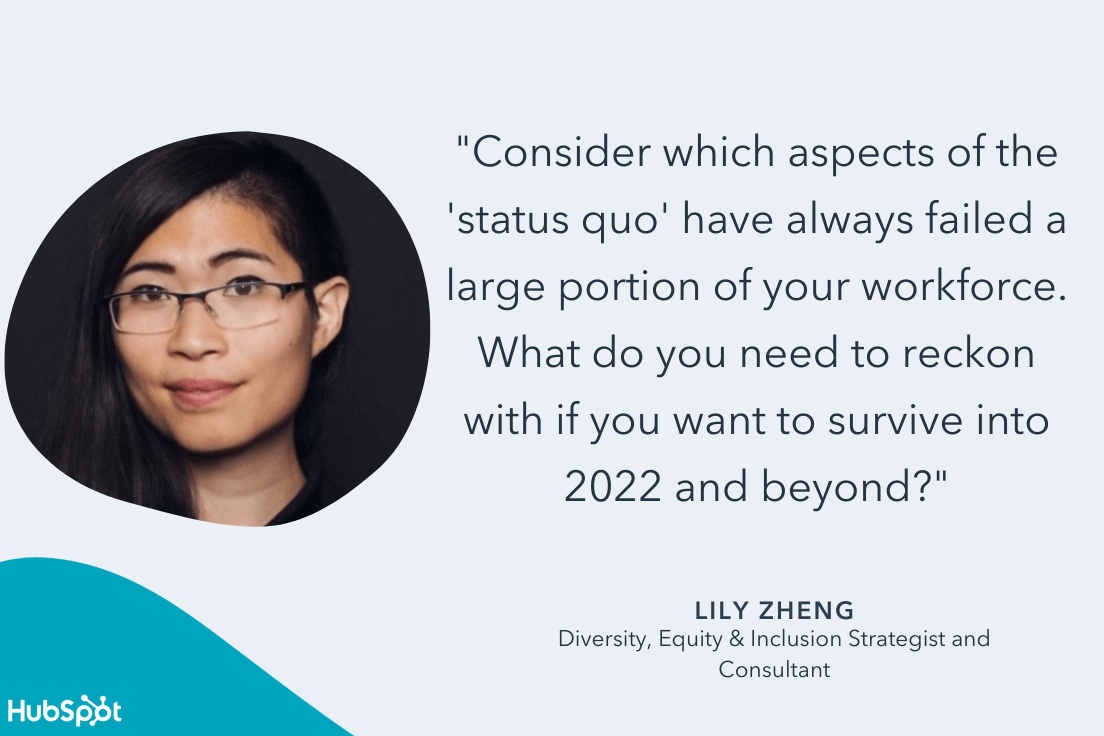
And, as Zheng reminds me — reflection is key. “It’s important for employers to recognize that employees have a lot of power right now, and so it’s not the time to be complacent … And, [as you reflect on your employees’ experience], go back and consider which aspects of the ‘status quo’ have always failed a large portion of your workforce. What do you need to reckon with if you want to survive into 2022 and beyond?”
Ultimately, the pandemic shifted people’s perspectives and values when it comes to work. And that’s not necessarily a bad thing. If you notice your turnover rates are higher than normal, consider what you need to change to remain competitive in a post-pandemic landscape.
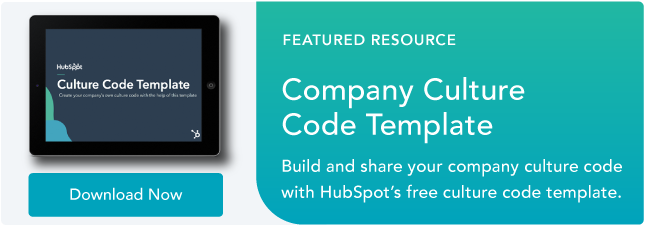

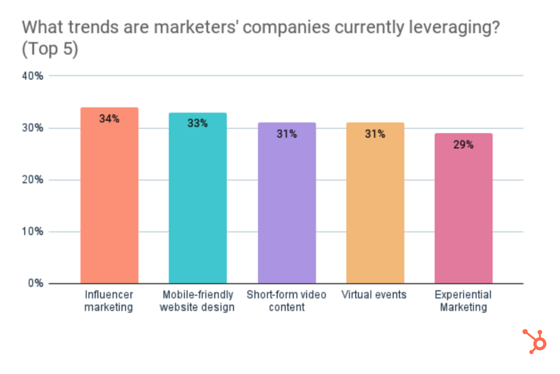
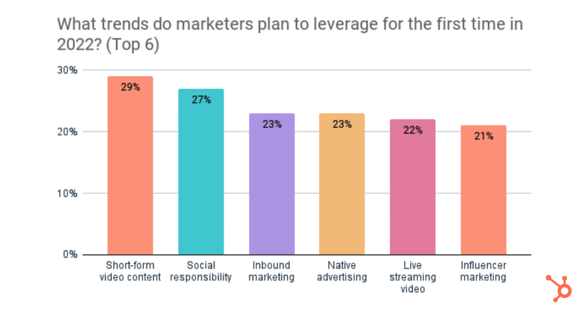



![]()


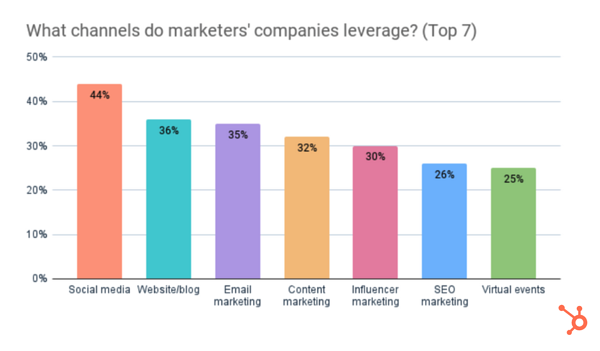
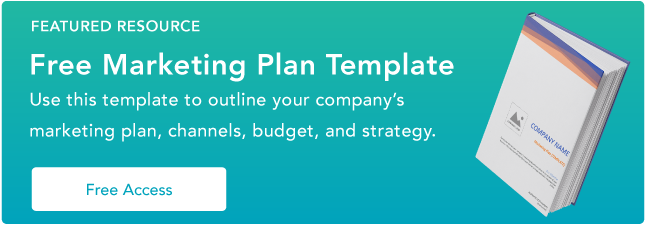

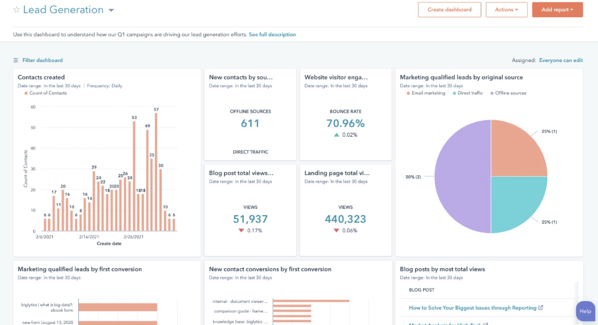
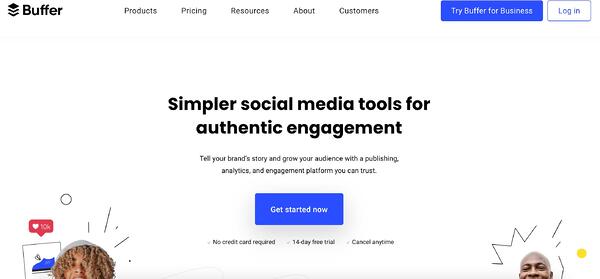

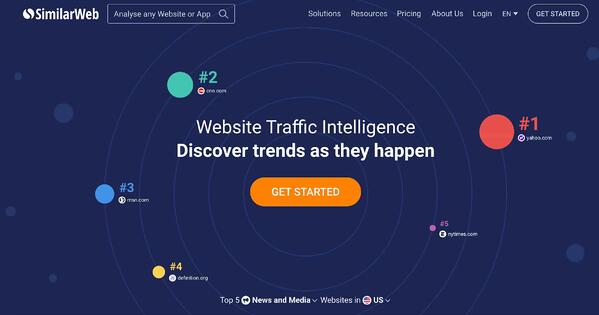

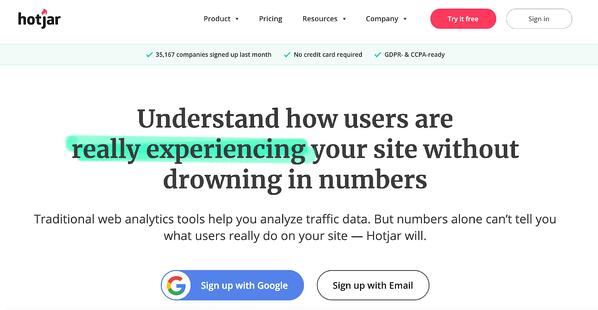

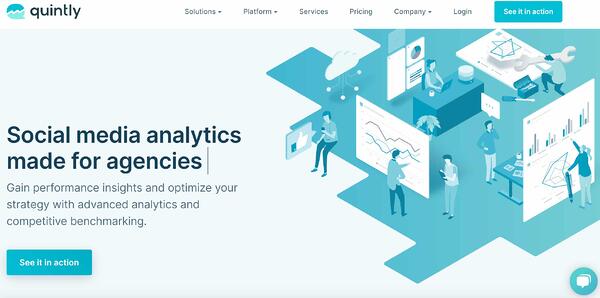
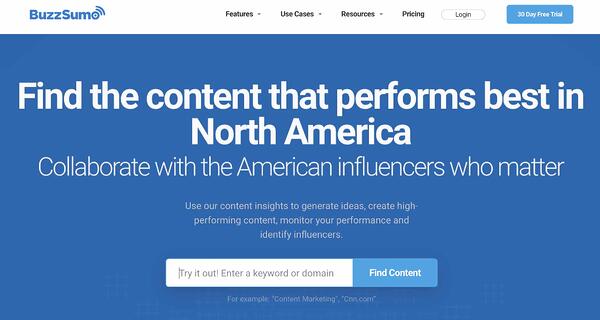
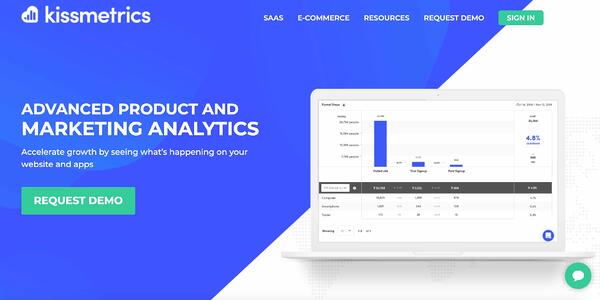
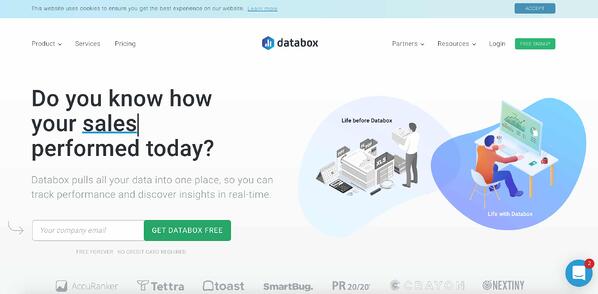
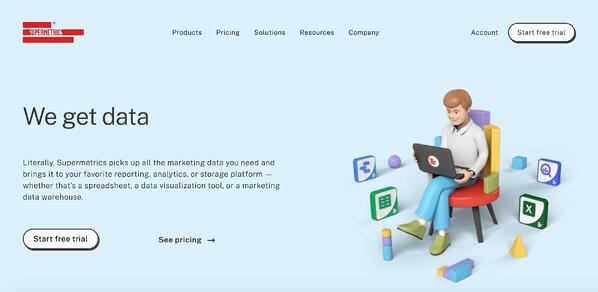
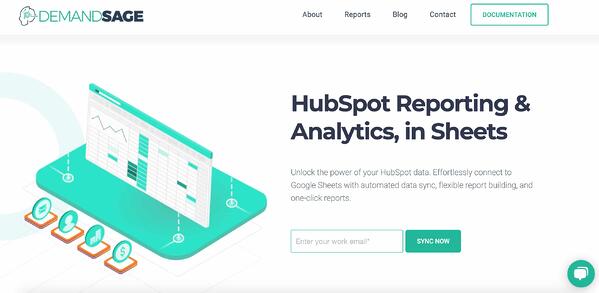
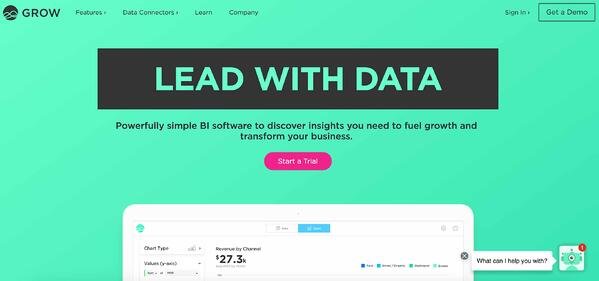
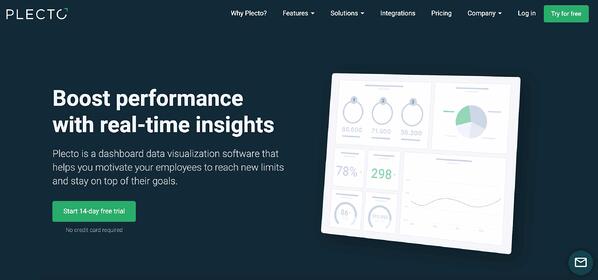

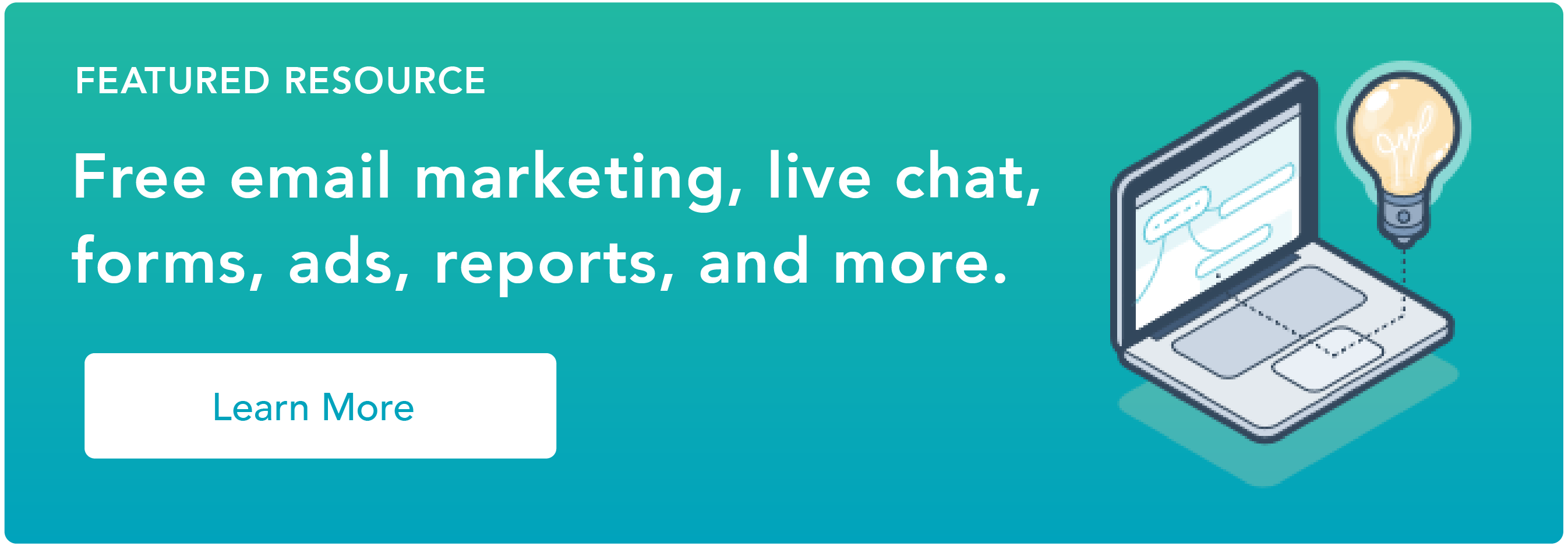

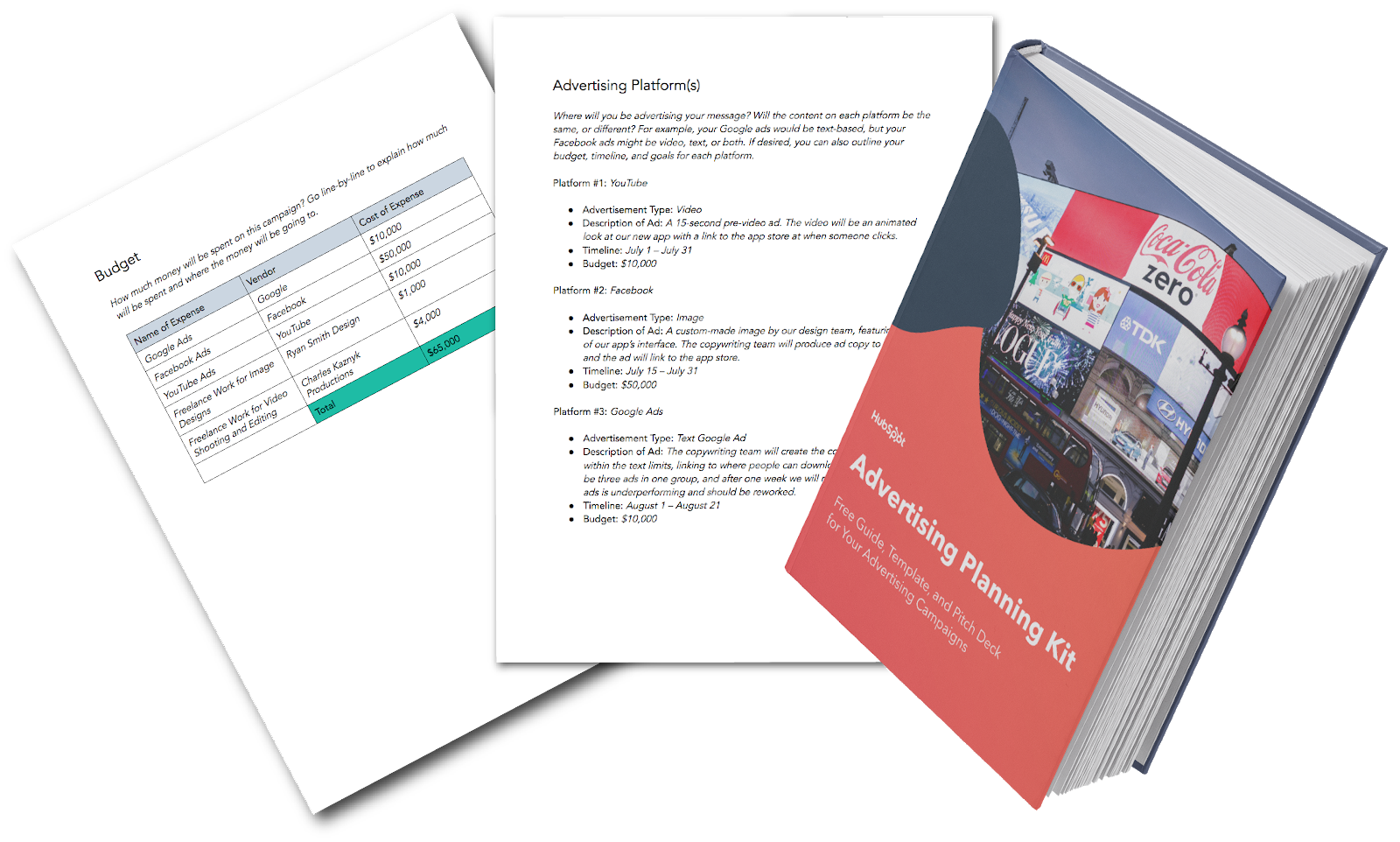

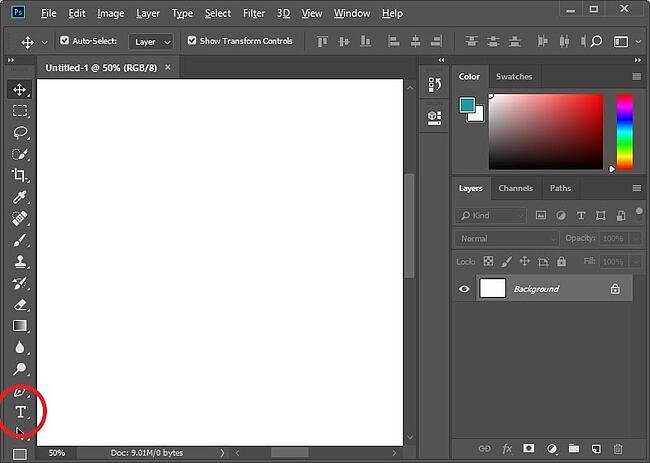
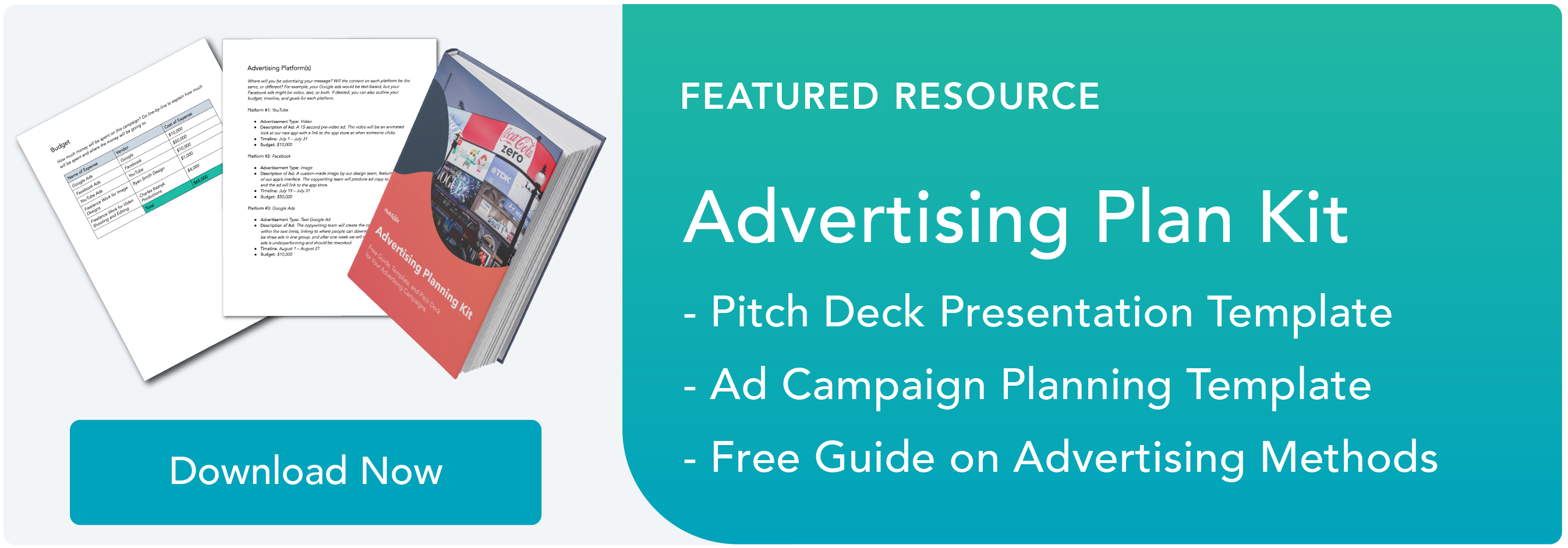

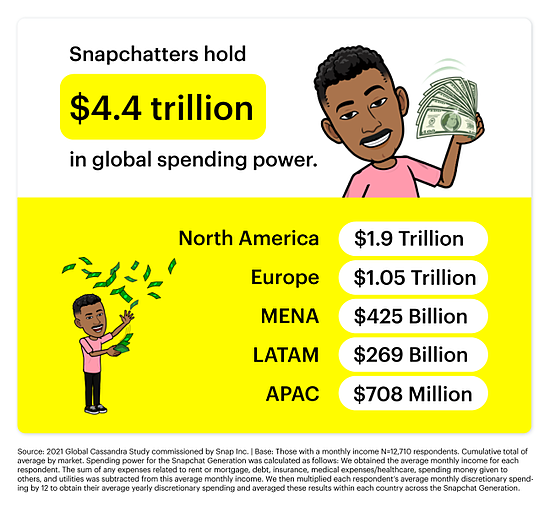

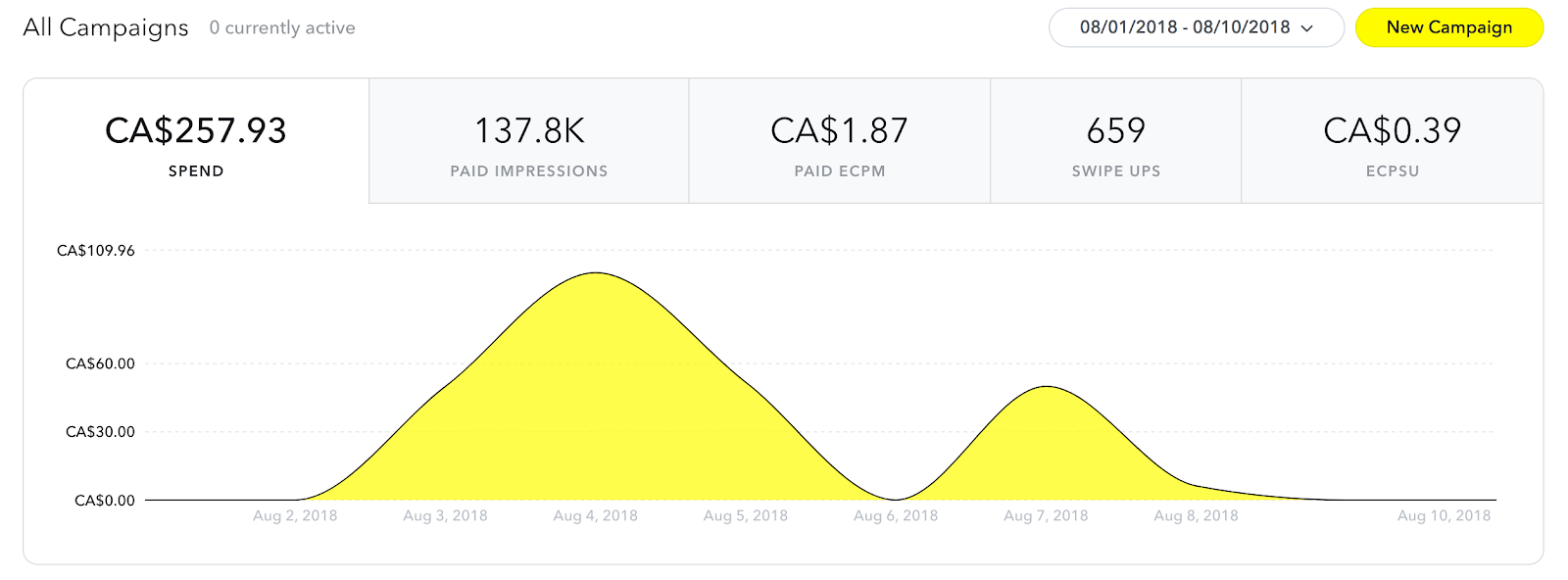
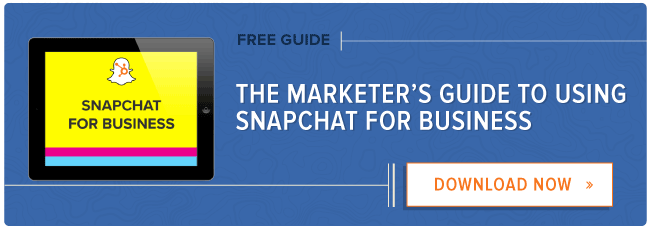

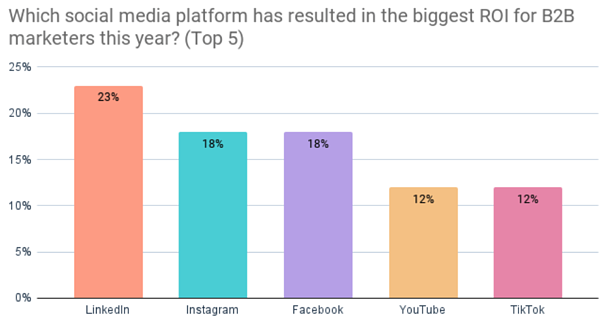 While
While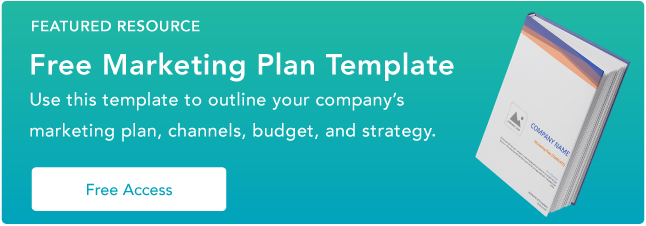
![Download Now: Social Media Trends in 2022 [Free Report]](https://i4lead.com/wp-content/uploads/2021/11/3dc1dfd9-2cb4-4498-8c57-19dbb5671820-2.png)
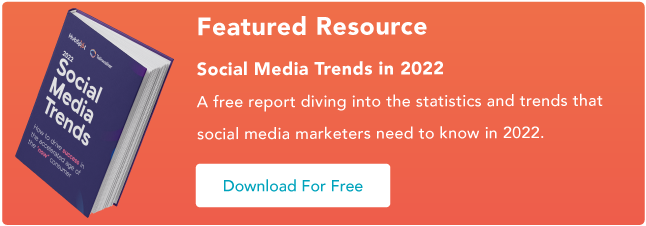

 To understand this concept, let’s consider an example. If you have 1,200 employees at the beginning of the month, and 1,250 at the end of the month, your average number of employees on a monthly basis is 1,225 (1,200 + 1,250 / 2).
To understand this concept, let’s consider an example. If you have 1,200 employees at the beginning of the month, and 1,250 at the end of the month, your average number of employees on a monthly basis is 1,225 (1,200 + 1,250 / 2). To calculate annual turnover (which is typically the number companies use when assessing employee trends), you’ll want to find your average number of annual employees. If at the beginning of 2021 you had 1,200 employees, and at the end of 2021 you had 1,500 employees, your average number of employees is 1,350 (1,200 + 1,500 / 2).
To calculate annual turnover (which is typically the number companies use when assessing employee trends), you’ll want to find your average number of annual employees. If at the beginning of 2021 you had 1,200 employees, and at the end of 2021 you had 1,500 employees, your average number of employees is 1,350 (1,200 + 1,500 / 2). To put these numbers into context, you’ll want to determine what a high and low turnover rate for your industry looks like, since turnover rates vary greatly depending on industry. For instance, retail and e-commerce saw a
To put these numbers into context, you’ll want to determine what a high and low turnover rate for your industry looks like, since turnover rates vary greatly depending on industry. For instance, retail and e-commerce saw a 



![Download Now: The Global Marketing Playbook [Free Guide]](https://i4lead.com/wp-content/uploads/2021/11/1b545c7f-72fe-45bb-b651-30d5f1df6f10.png)
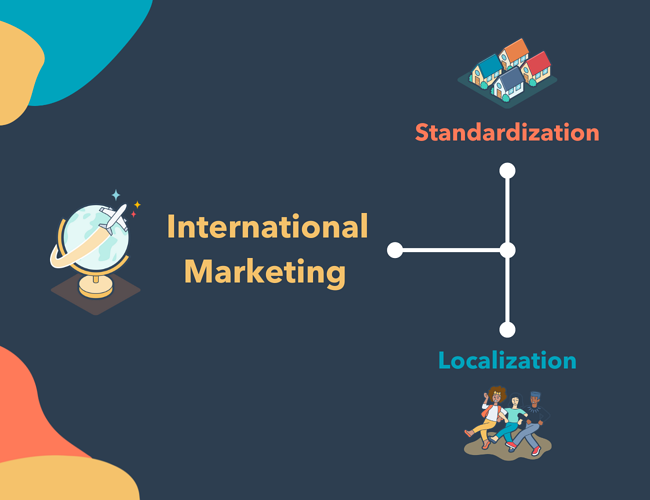
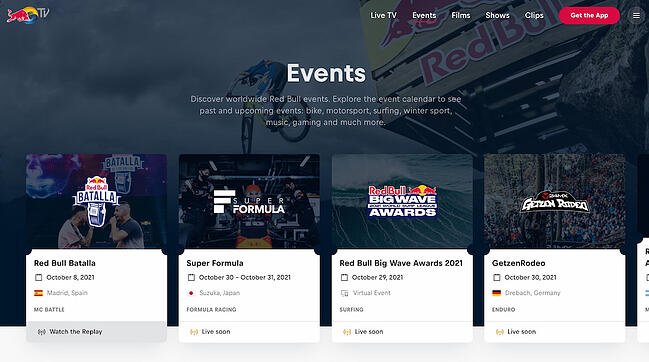
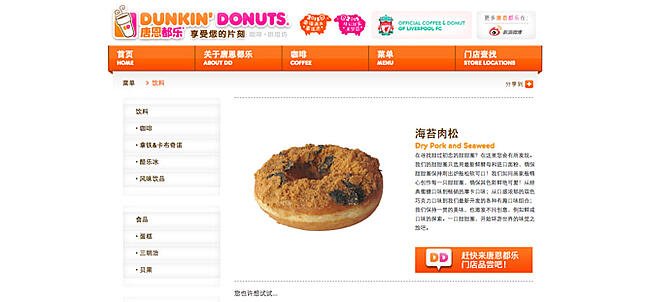

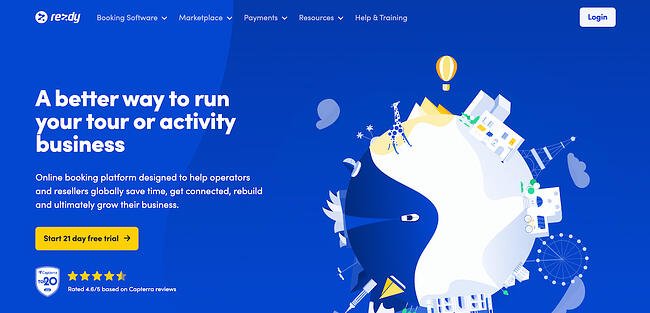

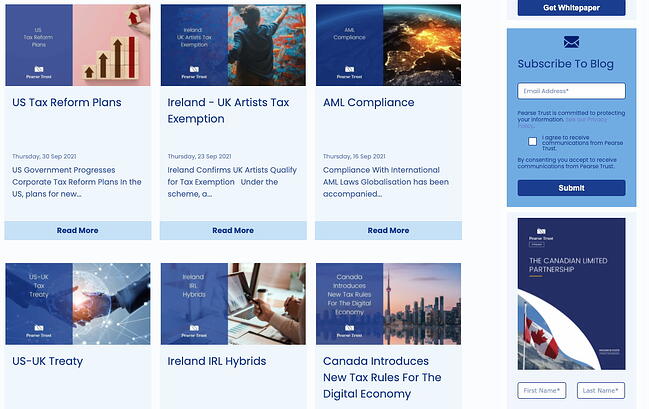
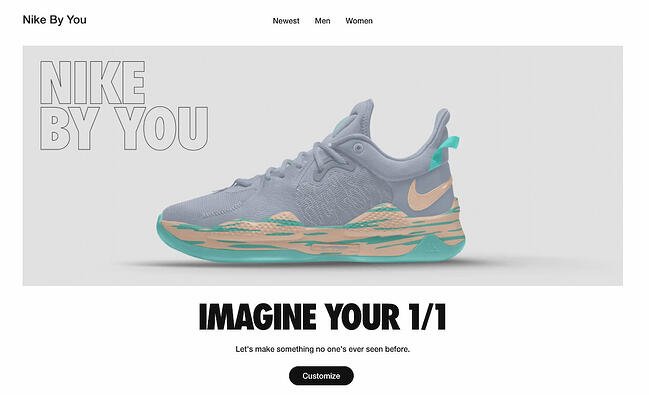
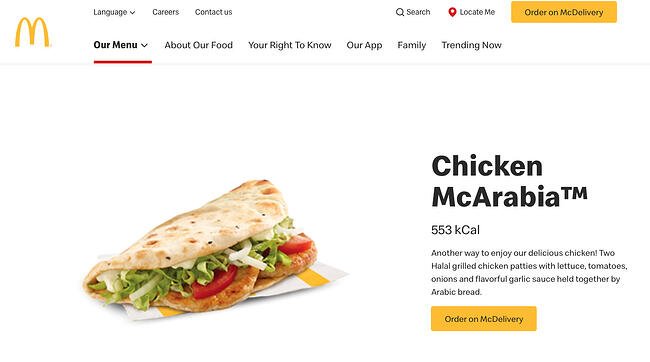
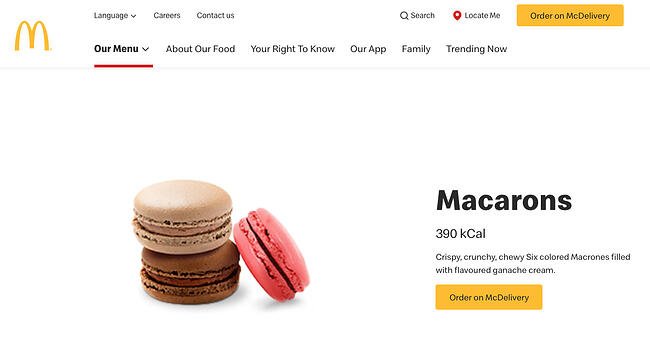
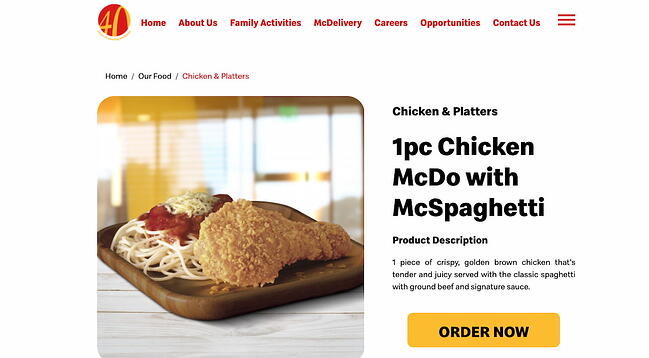

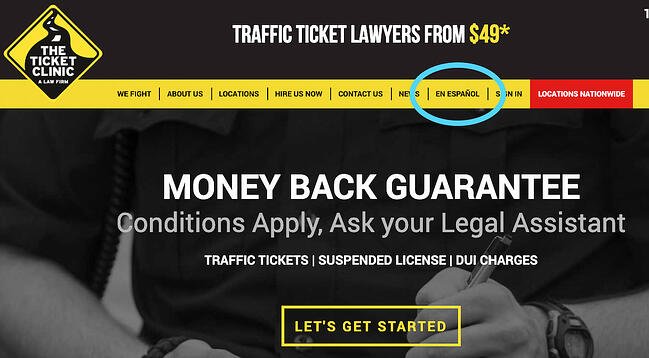

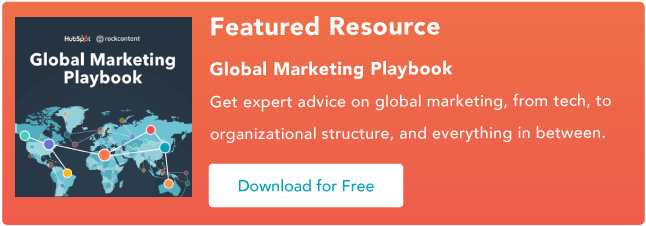
![→ Download Now: 4 Free Memo Templates [Free Resource]](https://i4lead.com/wp-content/uploads/2021/11/c28e97c9-b886-4dcc-841f-296c46f0df20.png)
